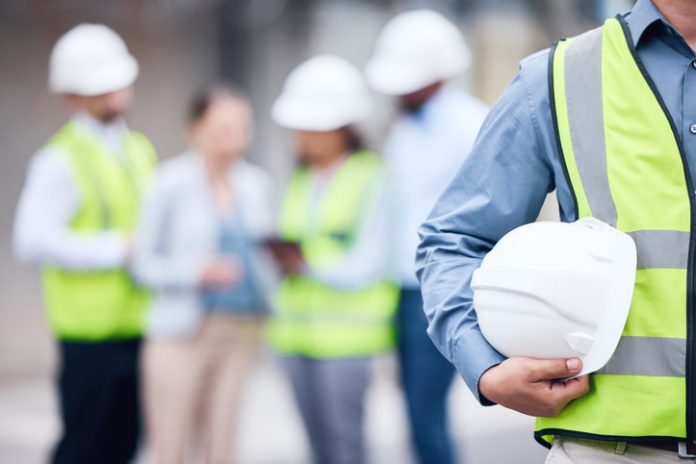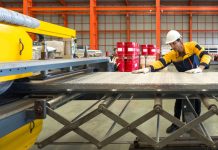In today’s construction landscape, striking the right balance between safety and efficiency is more than just a goal – it’s a necessity. With the right approach and tools, managing a construction site can shift from a challenging task to a streamlined, productive endeavour. Let’s venture into the essentials of running an effective construction site, where every detail counts in building a safer, more efficient workspace.
Prioritising Safety with Personal Protective Equipment
Prioritising safety on construction sites is paramount, and Personal Protective Equipment (PPE) plays a crucial role in this. PPE is essential for minimising the risk of accidents and ensuring the safety of workers. Key items include helmets, high-visibility jackets, safety boots to guard feet against heavy objects, gloves, and eye protection to help prevent injuries on-site.
When selecting PPE, it’s important to consider the specific hazards of the construction site and ensure that the equipment meets all relevant safety standards. Workers should also be trained on the correct use of PPE and encouraged to report any damage or wear, to ensure that the equipment is always in optimal condition for safeguarding their health and safety.
Optimising the Use of Construction Supplies
Efficient management and use of construction supplies are vital for smooth site operations. Proper handling of materials not only boosts productivity but also minimises waste and delays. Essential supplies, such as fastenings and fixings, hand tools, and various building materials, require careful management. Understanding project needs can help to ensure that the right amount of materials are available when needed, avoiding both excess and shortages.
Organising supplies within your operation methodically not only makes them easily accessible but also preserves their quality, especially important for sensitive materials. Implementing an inventory system can track usage and flag when supplies run low. Such streamlined management of supplies leads to more efficient project timelines and cost savings, demonstrating how the nuts and bolts of site management make a significant impact.
Implementing Effective Management Systems
Effective management systems are another important factor in of a well-run construction site, crucial for coordinating tasks and maintaining safety. These systems include several key components. Scheduling is essential for outlining the timeline of various project stages, helping to keep the work on track. Task allocation also ensures that each team member knows their responsibilities, thereby maximising efficiency and reducing the risk of errors or oversights.
Effective communication is another vital aspect, ensuring that all team members are informed about updates, changes, and safety protocols. Incorporating technology into these systems has also become increasingly important. Modern software solutions offer real-time tracking and updates, facilitating better decision-making and allowing for swift responses to any on-site challenges.
Creating & Following Safety Procedures
Establishing and adhering to safety procedures is essential for any construction site. Developing a comprehensive safety protocol tailored to all site activities helps to ensure that every aspect of the work environment is covered. This includes specific guidelines for operating machinery, including government regulations, as well as handling materials and responding to emergencies.
Equally important is the regular training of staff in these procedures, ensuring that every team member is well-versed in the best practices for maintaining a safe work environment. Regular safety drills reinforce these protocols and help to instil a culture of safety among the workforce. Such drills also offer opportunities for continuous learning, allowing teams to adapt and improve their response to potential hazards, ultimately fostering a safer and more responsive work environment.
Environmental Considerations & Sustainable Practices
The shift towards eco-friendly practices in construction is gaining momentum, driven by the need to reduce environmental impact. This approach includes using sustainable materials that are less harmful to the environment and implementing methods that lower carbon footprints. Additionally, effective waste management on construction sites is crucial. This involves not only reducing waste generation but also recycling and reusing materials wherever possible.
By adopting these sustainable practices, construction projects can significantly contribute to environmental conservation, making this approach an increasingly essential aspect of modern construction management.









